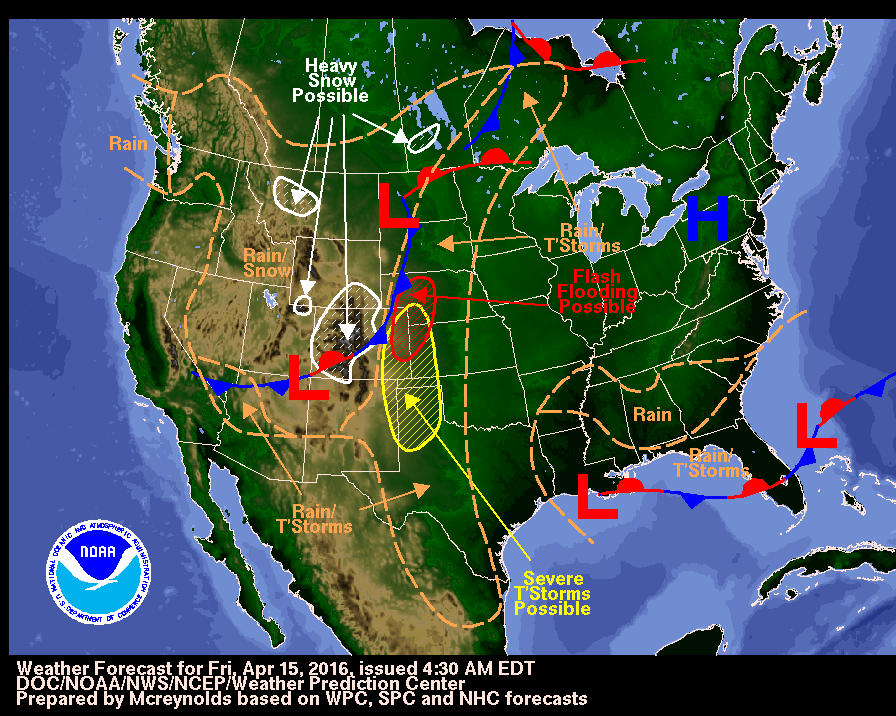
COLOMBO (Reuters) – Flash floods and landslides in Sri Lanka, triggered by more than three days of heavy rain, have forced more than 130,000 people from their homes and killed at least 11, disaster officials said on Tuesday.
Troops have launched rescue operations in inundated areas of the Indian Ocean island, with boats and helicopters pulling more than 200 people trapped in the northwestern coastal district of Puttalam to safety, officials said.
“This is the worst torrential rain we have seen since 2010,” said Pradeep Kodippili, a spokesman for the disaster management center. Nineteen of Sri Lanka’s 25 districts have been hit.
Heavy rains have also struck the neighboring Indian states of Tamil Nadu and Kerala. More than 100 houses were damaged in coastal Kerala and about 50 families had been shifted to a relief camp in the state capital, Thiruvananthapuram, a state official said.
The weather department has forecast heavy rains across Tamil Nadu over the next two days and warned fishermen not to go out to sea.
Flooded roads and fallen trees led to traffic jams in the Sri Lankan capital, Colombo. Trains were halted as water submerged railway tracks, officials said.
Flooding and drought are cyclical in Sri Lanka, which is battered by a southern monsoon between May and September, while a northeastern monsoon runs from December to February.
(Reporting by Ranga Sirilal; Writing by Shihar Aneez; Editing by Nick Macfie)







